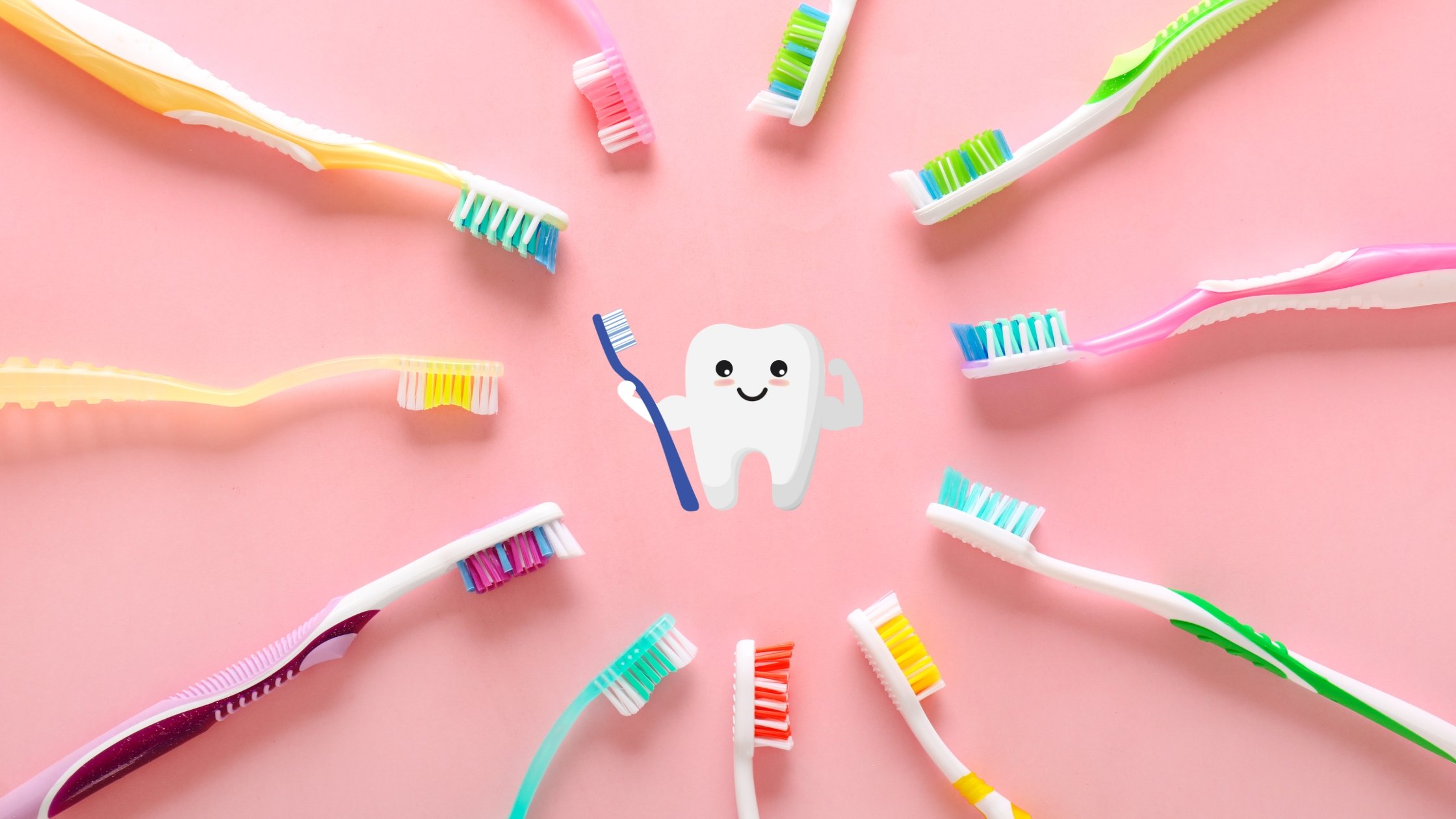Tooth Brushing Best Practices: What Every Smile Deserves
After ten years of helping patients improve their oral health, one thing I’ve learned is that great brushing habits are the foundation of a healthy smile. But even the most well-intentioned people often miss a few key details when it comes to brushing effectively. Let’s break down what you should know—from choosing the right toothbrush to perfecting your brushing technique.
Finding the Right Toothbrush
Not all toothbrushes are created equal. Here’s what I recommend looking for:
Soft Bristles: Always choose a toothbrush with soft bristles. They’re gentle on your enamel and gums while still being effective at removing plaque. Medium or hard bristles can cause gum recession and wear down enamel over time.
Small Head: A smaller brush head (especially on manual brushes) makes it easier to reach all areas of your mouth, particularly the back molars and along the gumline.
Comfortable Handle: You want a brush that feels good in your hand and allows you to maneuver easily—control is key to effective brushing.
ADA Seal of Acceptance: Look for a brush approved by the American Dental Association. This seal means the product has been tested for safety and efficacy.
Electric vs. Manual Toothbrushes
This is one of the most common questions I get from patients: Do I really need an electric toothbrush? The answer depends on your personal habits and preferences, but here’s how they compare:
Electric Toothbrushes
Pros: They do a lot of the work for you—especially the oscillating-rotating or sonic models, which are highly effective at removing plaque. Many also have built-in timers, pressure sensors, and modes for sensitive teeth or gums.
Great For: People with limited dexterity (like arthritis), inconsistent brushing habits, or a history of gum disease.
Downside: Typically more expensive, and they require charging or battery replacement.
Manual Toothbrushes
Pros: Affordable, widely available, and easy to travel with. You have full control over the motion and pressure.
Great For: People who already brush thoroughly and consistently.
Downside: Requires more attention to technique and timing.
Bottom line? Both can be effective if used properly. But if you're someone who rushes brushing or tends to miss spots, an electric brush can be a game-changer.
How to Brush Like a Pro
Twice a Day, Two Minutes: Brush at least twice a day for two full minutes each time. Set a timer or use an electric brush with a built-in timer if you need help hitting that mark.
Use a 45-Degree Angle: Hold your brush at a 45-degree angle to your gums. This helps sweep plaque away from the gumline where it tends to accumulate.
Gentle, Circular Motions: Don’t scrub back and forth aggressively. Instead, use small, circular motions to clean the outer surfaces, inner surfaces, and chewing surfaces of your teeth.
Don't Forget Your Tongue: Bacteria love to hang out on your tongue. Gently brushing it (or using a tongue scraper) can help with bad breath and overall oral hygiene.
Replace Your Brush Every 3 Months: Or sooner if the bristles are frayed. Worn bristles won’t clean effectively and can harbor bacteria.
Final Thoughts
Brushing is simple, but it’s easy to get wrong if you’re not paying attention to the details. With the right toothbrush and a mindful technique, you can protect your teeth and gums for years to come. And remember—brushing is only part of the picture. Flossing daily and seeing your dentist regularly ties it all together.
Here’s a short and easy visual demonstration from Colgate that touches on the topics we covered in the article. Hopefully the visual helps clear up any confusion!
Your smile is worth the effort of brushing properly. If you want any help boosting your smile’s whiteness or with any problem areas, call us to make an appointment today!
